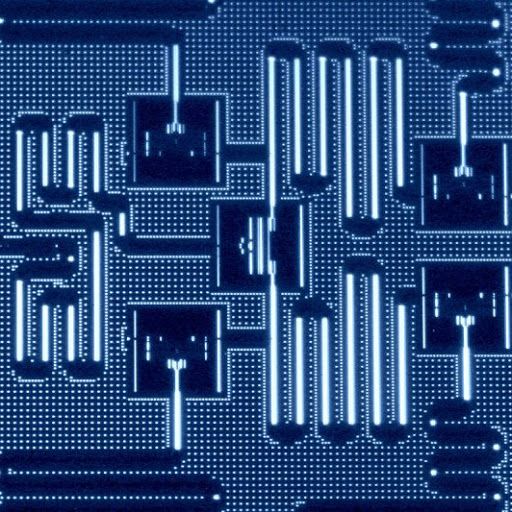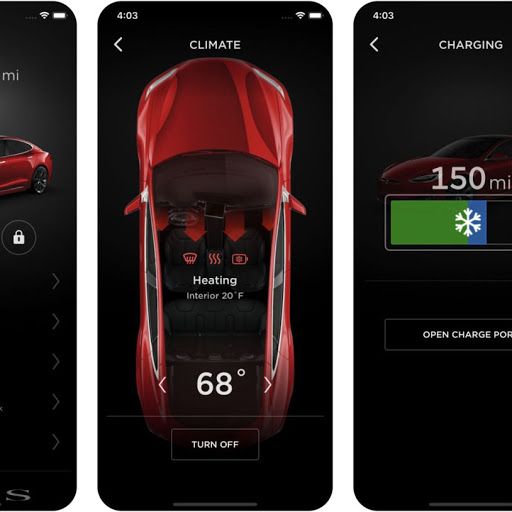This huge shiny cube is just a 1/20th scale model of the planned DUNE neutrino detector. It will be filled with liquid argon to catch these elusive particles.



Can spot quantum errors IBM research By Mark Kim What good is a fast computer if you can’t trust it? Thanks to half a century of research on getting computers to do their job correctly even in the presence of mechanical errors, our modern machines tend to be pretty reliable. Unfortunately, the laws of sheer complexity of which leaves them prone to errors. Now, we finally have the first demonstration of a quantum program that can detect data corruption.





Summary: Clues to the naked mole rat’s remarkable cancer-fighting abilities have been uncovered by researchers at the University of Rochester in a new study. [This article first appeared on LongevityFacts. Author: Brady Hartman. ]
With their wrinkled, hairless bodies, naked mole rats won’t be winning any beauty contests.
However, they do win longevity contests.

Summary: Researchers discover what may be the key to stopping uncontrolled inflammation and the damage it causes in a multitude of chronic diseases. [This article first appeared on the website LongevityFacts.com. Author: Brady Hartman. ]
A discovery by researchers at the University of Queensland (UQ) could be the key to stopping the damage caused by uncontrolled inflammation in a range of chronic diseases including Alzheimer’s and liver disease.
Queensland scientists have uncovered how an inflammation process automatically switches off in healthy cells, and are now investigating ways to stop it when it runs amok. The finding may lead to a way to turn off chronic low-grade inflammation without interfering with the body’s natural defenses against infection.

Summary: Researchers at the University of California discovered a key way that cancer manipulates the genetic code using DNA methylation that has important implications for the treatment of cancers. [This article first appeared on the website LongevityFacts.com. Author: Brady Hartman. ]
Up until now, scientists haven’t fully understood how DNA methylation causes changes in our genetic code that enable cancer to thrive.
Now, a team led by associate professor Jikui Song at the University of California Riverside have deciphered the crystal structure of an enzyme that plays a crucial role in DNA methylation that allows tumors to survive and grow.

Elon Musk has agreed to build what is being hailed the “world’s largest virtual power plant”, by rolling out solar panels and Tesla batteries to 50,000 homes in South Australia. The scheme, which will be completed over the next four years, will see any excess energy stored in each battery fed back into the grid to provide power to the rest of the state whenever required. The South Australian government claims participating households will generate a total of 250MW of electricity – about half as much energy produced by a typical coal-fired power station. Read more — Elon Musk about to launch…